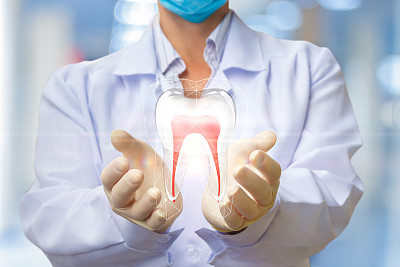The Essential Guide to Safely Extract a Tooth and Promote Better Oral Health Solutions
Summary: Extracting a tooth can be an intimidating experience, but understanding the process and the aftercare can make it safer and more manageable. This guide explores effective techniques for tooth extraction, emphasizing safety protocols, the importance of professional help, and strategies for promoting recovery and maintaining oral health. By focusing on prevention, patients can significantly reduce the need for extractions and enhance their overall dental welfare. This article aims to empower readers with the knowledge needed to approach tooth extraction with confidence and to underline the significance of maintaining good oral hygiene in the long term.
1. Understanding When Tooth Extraction Is Necessary

Tooth extraction might seem extreme, but it is often a necessary procedure in various circumstances. Common situations that necessitate extraction include severe decay, overcrowding, and advanced periodontal disease. When a tooth is compromised beyond repair, extraction becomes a crucial step in preventing further complications.
In some cases, wisdom teeth, which often emerge improperly or become impacted, may need to be removed. Keeping track of dental health through regular visits allows for early identification of these issues, making extractions less daunting.
Additionally, patients should consult with their dentist about any ongoing dental problems. Understanding the justification for extraction can ease anxiety and encourage proactive steps toward improved oral health.
2. Safety Precautions for Tooth Extraction
Ensuring safety during tooth extraction is paramount. First, always seek the expertise of a qualified dental professional. Attempting to extract a tooth at home can result in severe complications, including infection or excessive bleeding.
Before the procedure, the dentist will perform a thorough examination, including X-rays, to evaluate the tooths condition and its roots. This assessment is crucial for planning an effective extraction strategy and minimizing potential risks.
Administering anesthesia is another essential safety measure. Local anesthesia helps manage pain, while sedation can alleviate anxiety, allowing for a smoother procedure. Following these precautions sets the stage for a safer extraction experience.
3. Post-Extraction Care for Optimal Recovery
Recovering from a tooth extraction involves more than just avoiding pain. Patients must adhere to specific aftercare instructions to promote healing and prevent complications such as dry socket. Initially, it’s vital to bite gently on gauze pads to help control bleeding and facilitate clot formation.
After the first 24 hours, patients should gradually transition to soft foods and maintain hydration, while avoiding strenuous activities that could hamper healing. Using ice packs can alleviate swelling and discomfort during the initial recovery period.
Regular follow-ups with the dentist are crucial to ensure proper healing. Patients should watch for signs of complications, such as excessive pain or unusual swelling, and contact their dentist immediately if concerns arise.
4. Promoting Long-term Oral Health Solutions
Post-extraction, it’s vital to focus on long-term oral health to minimize future issues. Adopting a comprehensive oral hygiene routine, including regular brushing and flossing, helps prevent cavities and gum disease, reducing the risk of additional extractions.
Routine dental check-ups play an essential role in maintaining oral health. During these visits, dentists can clean teeth professionally and monitor any developing problems, addressing them promptly.
Furthermore, lifestyle choices significantly impact oral health. A balanced diet rich in vitamins and minerals strengthens teeth and gums, while habits such as smoking or excessive sugar intake can lead to deterioration. Promoting awareness about these factors can foster a healthier community.
Summary:
In conclusion, understanding the necessary steps and precautions involved in tooth extraction can significantly reduce anxiety and promote a safer experience. By emphasizing professional assistance, post-extraction care, and long-term oral health practices, patients are better equipped to manage their dental health. Building good habits and consulting with dental professionals regularly helps avoid the need for future extractions, laying the foundation for a lifetime of healthier smiles.
This article is compiled by Vickong Dental and the content is for reference only.



